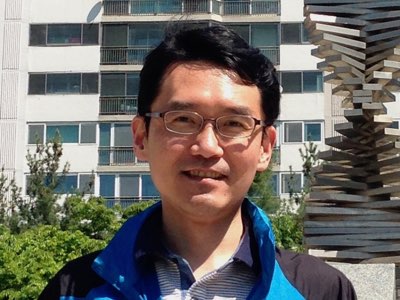Back To Listings
- First authors: Muhammad Sheeraz, Viet Dung Tran
- Corresponding authors: Chang Won Ahn, Tae Heon Kim, Young-Han Shin
- Whole authors: Muhammad Sheeraz, Viet-Dung Tran, Yong Jin Jo, Gyehyeon Kim, Shinuk Cho, Changhee Sohn, Ill Won Kim, Young-Han Shin, Chang Won Ahn, Tae Heon Kim
- Authors from M3L: Viet Dung Tran, Young-Han Shin
Exotic physical phenomena in solids emerge with changes of nonlinear responses (e.g., polarization hysteresis under an electric field) of order parameters to external stimuli. In epitaxial ferroelectric films, polar ordering states of electric dipole moments cooperate with local disorder originating from thickness-dependent mitigation of misfit strain inherently and/or chemical off-stoichiometry extrinsically. The mutual interaction of electric polarization with both intrinsic and extrinsic factors in ferroelectric thin films produces sizable modification of ferroelectric hysteretic characteristics. Herein, we demonstrate defect-induced manipulation of ferroelectric hysteresis in epitaxial Bi1/2(Na,K)1/2TiO3 films. Notably, pinched hysteresis loops and linked double switching current behaviors are observed with the formation of screw dislocations on the surfaces of lead-free ferroelectric films grown at high temperatures. Plausibly, structural transitions of tetragonal phases to rhombohedral-like monoclinic symmetry driven by Na enrichment enable the appearance of ferroelastic domain variants, of which screw dislocations can be created to accommodate local stress at the boundaries. Polarization switching at the dislocation-mediated ferroelastic domain walls has been also limited and thereby, single ferroelectric hysteresis loops evolve to double-like hysteresis loops. Our result of defect-engineered ferroelectric hysteresis is of potential interest for designing advanced electronic devices such as functional energy storage and harvesters with high performance.

